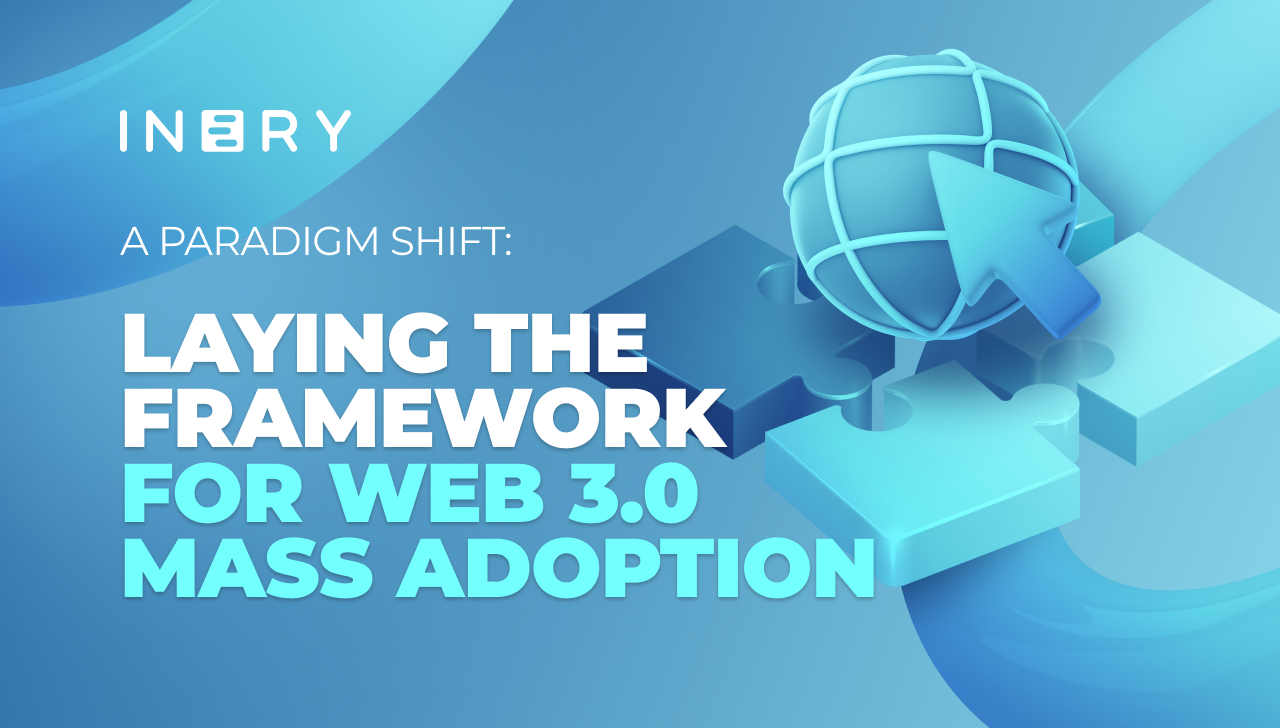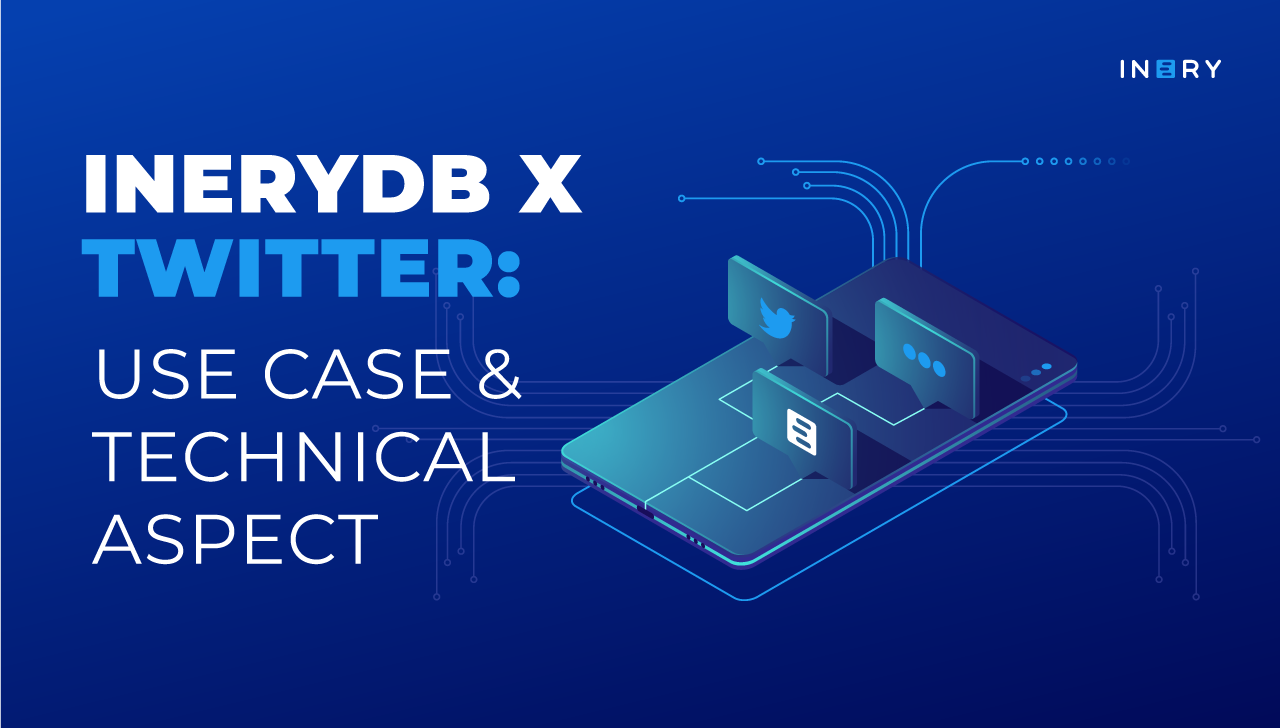In case you find yourself grappling with a full understanding of how transactions seamlessly operate within IneryDB, our revolutionary decentralized Database Management System (DBMS), worry not—clarification is on the horizon.
Transactions, as the backbone of any DBMS, play a pivotal role in ensuring the integrity and reliability of data management. IneryDB, being at the forefront of decentralized technologies, adds an extra layer of complexity and innovation to this fundamental aspect of database operations.
However, in order to understand transactions for IneryDB, it’s important to firstly go over the basics.
Transactions 101: What Are They
In essence, transactions are discrete units of work that ensure the reliability and integrity of data. In the context of IneryDB, these units are recorded on the Inery blockchain, utilizing its secure and transparent structure.
Transactions serve as the record-keepers of changes within the network. Each alteration is meticulously documented within a transaction, eternally inscribed onto the blockchain ledger.
Once confirmed through low-latency consensus, the change swiftly imprints itself on the Inery State memory residing in RAM, ensuring rapid access and data processing.
ACID Properties and Reliability: Transactions serve as the foundation of database management software, upholding the 'ACID' properties—Atomicity, Consistency, Isolation, and Durability—to guarantee reliability.
IneryDB Specifics: Transactions within IneryDB are not confined to traditional databases; instead, they are permanently recorded on the Inery blockchain. IneryDB functions as a web application, with a client-side server communicating seamlessly with the Inery Blockchain Node via RPC endpoints.
Understanding the Basics: Purpose and Process
Transactions play a crucial role in recording changes within the network. Each alteration is meticulously documented within a transaction, which is then permanently written to the blockchain ledger.
Lifecycle and Process: After a transaction is confirmed through low-latency consensus, the change swiftly imprints itself on the Inery State memory residing in RAM. This ensures rapid access and efficient data processing.
Local Server and Libraries: IneryDB's graphical user interface (GUI) contains methods for packaging, signing, and publishing transactions to the blockchain network. Behind the scenes, the IneryJS library and various algorithms from the IneryDB library efficiently manage data from a decentralized database.
Overview of IneryDB and Unique Features
Data Structure and Flexibility
IneryDB adopts a noSQL structure, storing data in indexed containers. It offers flexibility by supporting different data types such as objects, arrays, indexes, and simple types derived from multi-index containers.
Types of Transactions: IneryDB handles various transactions, including GET and POST transactions. GET transactions are used for reading data, while POST transactions require the ECDSA algorithm for digital signatures and specific packaging before sending.
Best Practices and Optimization
Efficiency and Scalability:
IneryDB places a strong emphasis on the integrity, reliability, and availability of transactions. As the network grows, the capacity to communicate with the database increases.
Optimization Strategies
Distinguishing between transactions that read data and those that write is crucial. Special care must be taken with written transactions to manage storage memory values effectively.
Ensuring Consistency and Reliability
Immutability and Applying Changes: Once a transaction enters the lib (about 2.5 seconds after execution), it becomes immutable. Inery blockchain applies changes to shared State memory, ensuring that all nodes in the network have consistent data.
Managing Challenges: Transaction Reversal and Recovery
- Failed Transactions: Problems with reading and writing may occur due to various factors. Incorrect input parameters, authorization issues, inadequate private keys, lack of memory, or inappropriate data types can lead to errors.
- Recovery Mechanisms: In the event of a failed transaction, IneryDB provides mechanisms for "rolling back" and recovering data. The system ensures that failed transactions do not compromise the overall data integrity.
IneryDB's approach to transactions combines innovative technologies and best practices, offering a secure and reliable foundation for decentralized database management. Understanding these intricacies allows users to harness the full potential of IneryDB, ensuring efficient, scalable, and resilient data transactions.

Inery•
2 years ago
A Paradigm Shift: Laying the Framework for Web 3.0 Mass Adoption
A Paradigm Shift: Laying the Framework for Web 3.0 Mass Adoption Making web 3.0 accessible and intuitive to the users without sacrificing security or performance. ...READ MORE

Share

Inery•
1 year ago
IneryDB and Twitter: Use Case & Technical Aspect
Here, we will explore the use case and technical aspects of using IneryDB with Twitter and how this integration could revolutionize the way we view and interact with social media. ...READ MORE

Share

Inery•
2 years ago
Investor Spotlight: Menas Global
A collaboration to maximize value creation and drive real innovation. ...READ MORE

Share

Inery•
1 month ago
Why Decentralized Databases are the Next Big Thing
Explore the historical evolution of databases and the emerging role of companies like Inery in this transformative landscape. ...READ MORE

Share
Most popular today

-1701961591.png)

-1703751931.png)